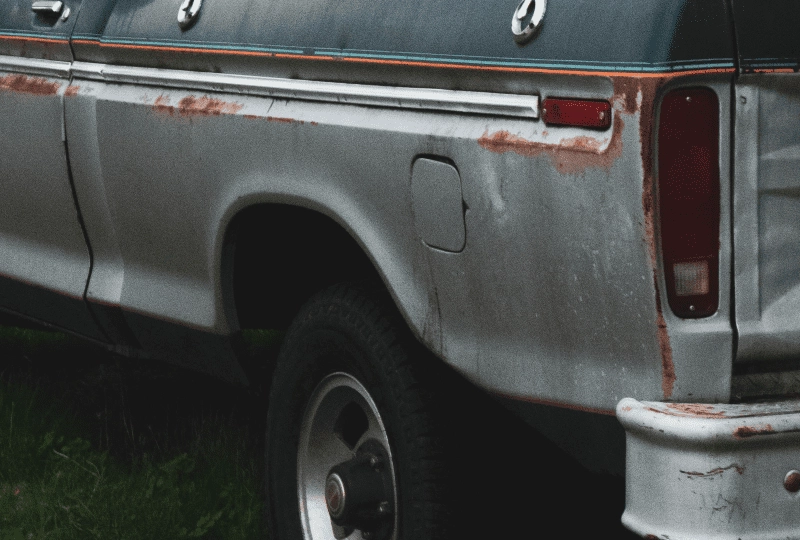How to treat surface rust on your bodywork before winter arrives
A little patch of rust can turn into a bigger problem if it’s left - and in a surprisingly short amount of time. With the cold and wet of winter just around the corner, it’s a good idea to get to grips with rust damage before it gets worse.

Fixing rust: an overview
We’re going to talk you through the process of:
- Diagnosing the severity of your rust problem on your bodywork
- Fixing surface rust (the least critical type)
- Finishing your job off with car touch up paint and lacquer
Types of bodywork rust
Rust is a byproduct of the breakdown of iron-based metals through oxidation. There are three categories of rust, which progress in severity.
- Surface rust is minor - often caused by stone chips, scuffs and scratches - and relatively easy to tackle. If it’s left though, it will spread.
- Scale rust is where the oxidisation has begun to corrode the metal. Salt - including in the grit the council spreads on roads in winter - can speed up the problem.
- Penetrating rust is corrosion so serious that you’ll need replacement panels to keep your car roadworthy.
How to check your paintwork for surface rust
Because surface rust is caused by minor damage, take time checking over all areas of your car. This includes:
- Where panels join bumpers and rubber seals
- The edges of doors, including bonnet and boot
- Areas that have been pronged, banged, scratched or scuffed
- Areas of high wear and tear like door sills and around handles
How to fix surface rust
Tools
- Safety glasses, gloves and overall
- Rust treatment
- Primer (optional)
- Colour-match touch up paint
- Lacquer (optional)
- Polishing compound and microfibre cloth (optional)
Step-by-step instructions
Let’s talk you through removing the rust and preparing to fix your paintwork using a car touch up paint pen or bottle.
You have two options for removing the rust:
- Sanding it off
- Applying a chemical rust treatment
For surface rust, using a chemical treatment is adequate, so we’re going to focus on this process.
1. Health & safety
Read the safety advice on your packaging; wear safety glasses, gloves and an overall to protect yourself and your clothing.
2. Prep
Clean the damaged area’s surface - remove flaky paint and loose rust. Make sure it’s free of dirt, grease and salt. Rinse the area with clean water and wait for it to air-dry.
3. Follow the instructions on your rust treatment
These will be along the lines of ‘shaking the mixture’ and ‘applying it with a brush’. Make sure you cover the rusted area to the edges, but don’t stray onto your paintwork.
4. Wait for the treatment to work
This is often around 15 minutes. This might involve a reapplication, depending on the product.
5. Filling or painting
If there’s a dent or a hole, you’ll need to fill and sand the area before you paint. Otherwise, your rust treatment will leave you with a clean surface, ready to paint (check the instructions - it’s usually after a few hours).
Some treatments act as a rust inhibitor, so you might not need a primer.
Follow our guide to applying your paint - light strokes using the precision nib or brush as required.
6. Follow with a coat of lacquer
This will protect your bodywork and bring out the shine. Make sure your paint is dry before applying.
7. The finishing touch!
After 24 hours, you’re ready to blend in your handiwork with a polishing compound like PaintNuts Professional Scratch & Scuff Remover. This clever product works very quickly to diminsh any defects for a more professional result.



